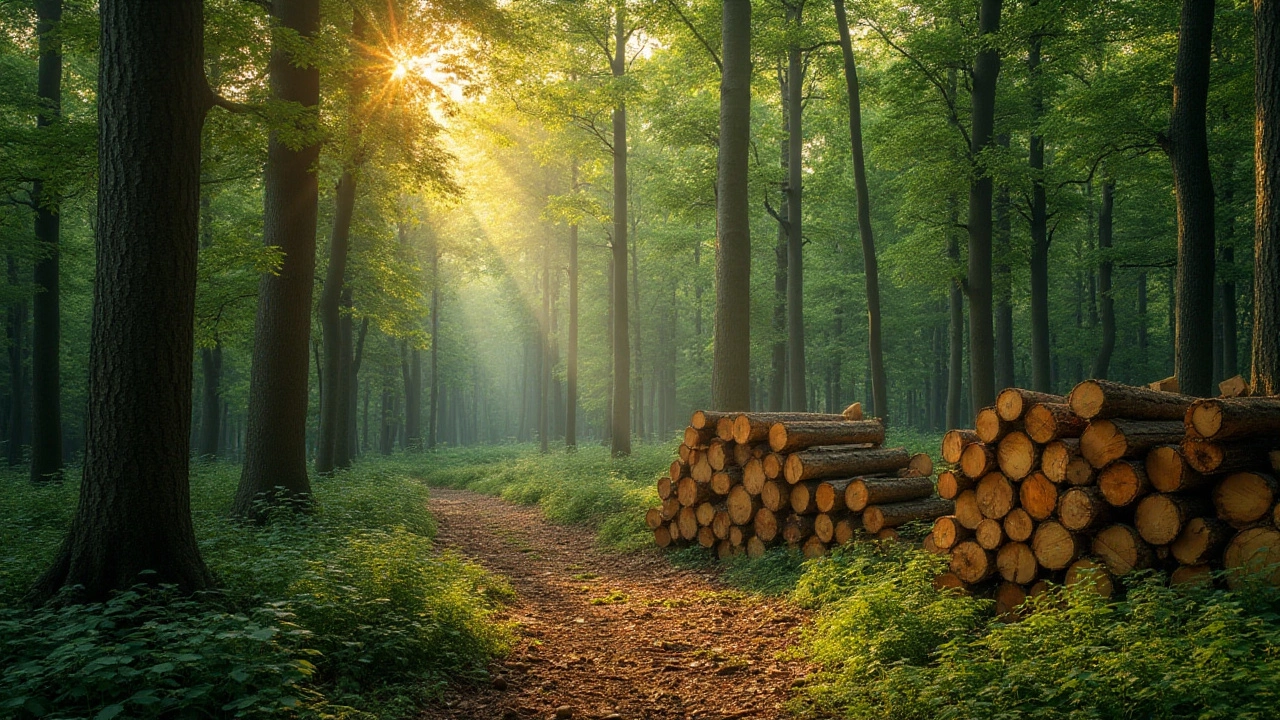IKEA Wood Supply Chain: Inside the Journey from Forest to Home
When you buy an IKEA bookshelf or a coffee table, the wood inside has traveled a long way. Understanding that journey helps you see why some pieces feel sturdy, why price tags look the way they do, and how your purchase can support greener forests.
Where IKEA Gets Its Wood
IKEA works with forests in Europe, North America, and parts of Asia. The most common trees are pine, spruce, birch, and oak. IKEA’s buyers visit timber farms, check growth rates, and make sure the land is managed responsibly. They prefer suppliers who plant new trees after cutting, keeping the forest alive for the next round.
How Sustainability Is Managed
Every batch of wood is checked against standards like the Forest Stewardship Council (FSC) and the Programme for the Endorsement of Forest Certification (PEFC). These labels guarantee that the wood comes from legally harvested, well‑managed forests. IKEA also runs its own IWAY policy, a set of rules that force suppliers to limit waste, protect wildlife, and reduce chemicals.
After trees are felled, they travel to regional processing plants. There the logs are stripped, cut, and dried. Drying is crucial because wet wood can warp later. IKEA’s plants use climate‑controlled kilns that speed up drying while cutting energy use. Once the boards are ready, they’re shipped to IKEA’s factories in Europe and Asia, where they become flat‑pack furniture.
Traceability is built into the system. Each pallet gets a barcode that records where the wood came from, when it was harvested, and which certification it carries. If a problem pops up—like illegal logging—scanners can flag the batch instantly, and IKEA can pull the product from shelves.
All this effort does affect price, but not as much as you might think. By buying large volumes and using efficient flat‑pack designs, IKEA keeps costs down. The result is a sturdy, affordable piece that also carries a sustainability story.
What can you do as a shopper? Look for the FSC or PEFC logo on product tags, ask store staff about the origin of the wood, and choose items that use recycled or reclaimed timber. Those small steps push the market toward even cleaner practices.
In short, IKEA’s wood supply chain is a mix of global sourcing, strict certification, and careful processing. Knowing the steps helps you make smarter choices and supports forests that stay healthy for generations.
Where Does IKEA Source Its Wood for Bookcases?
IKEA, a global furniture giant, is well-known for its affordable and stylish bookcases. The company sources its wood for these products from various regions worldwide, primarily focusing on sustainability and responsible forestry practices. Regions such as Europe and China are significant contributors to IKEA's wood supply, providing materials used in many of its iconic bookcase designs. This article delves into IKEA's wood sourcing strategy, explores the sustainability credentials, and offers tips on selecting eco-friendly bookcases.
More
